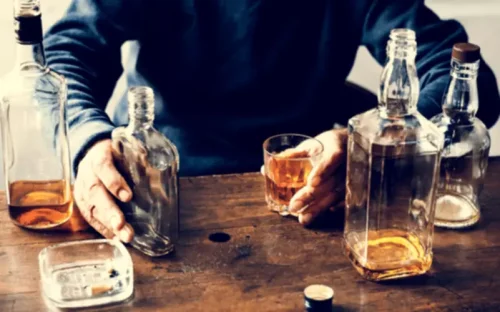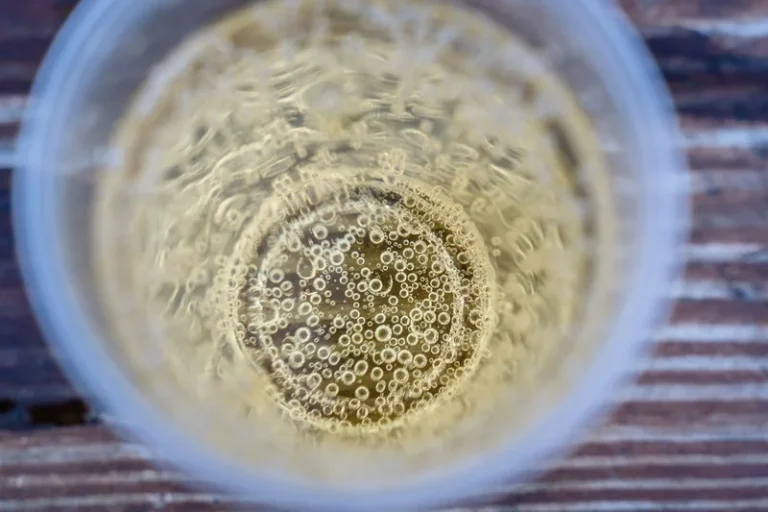
End-Stage Alcoholism: Signs, Symptoms, Management

In the aggregate data, neither age- nor sex-specific alcohol consumption data were available. The results based on aggregated data were exploratory and may not be used to draw definitive causative conclusions. In addition, data about illegal alcohol production and individual cross-border import were not included in the national statistics (6) and could not be evaluated in this study. People hospitalized with alcohol use disorder have an average life expectancy of 47–53 years (men) and 50–58 years (women) and die 24–28 years earlier than people in the general population.
- Only 43% of chronic severe alcoholics are employed full-time and 7.6% are unemployed or permanently disabled.
- In early stages, if you’re drinking to deal with stress or anxiety and you’re progressively drinking larger amounts of alcohol to get intoxicated, you could be in the pre-alcoholic stage.
- It is essential to understand that these short-term effects can have lasting consequences and that individual responses to alcohol can vary significantly.
- Of the 2.7 million YPLL, 1.1 million (41.1%) were because of chronic conditions, and 1.6 million (58.8%) were because of acute conditions.
- Alcohol misuse and addiction can have harrowing and hazardous side effects at every phase.
- The average lifespan of an alcoholic tends to be shorter than that of the general public because heavy drinking on a regular and long-term basis can increase the risk of developing several life-threatening diseases and conditions.
Cardiovascular Health
In Finland, mortality rate ratios increased during the entire study period in men and women aged 30–44 years. In Sweden, mortality rate ratios increased during the entire study period in men aged 30–74 years and women aged 45–74 years (Table (Table33). Those types of studies, in more controlled environments and with far fewer variables, are much easier to get right than massive human population studies with tons of possible confounding factors. As in the health benefits section above, however, there’s a lot more epidemiological research (compared to controlled trials) on the possible negative consequences of low and moderate alcohol consumption and life expectancy. Measuring the health impact by mortality alone fails to capture the impact that alcohol use disorders have on an individual’s well-being.
Risk factors for alcohol use disorders

Given this, for those who drink, just a light amount of alcohol seems to be most beneficial. However, there is a ‘U’ shape curve with alcohol; a little is good, and after that point, progressively more seems to equal progressively higher risk. Unfortunately, higher amounts of alcohol have close links to several types of cancer. While small amounts of alcohol can be beneficial, higher doses can cause liver problems. First of all, let’s take a look at some recent research into the links between alcohol and lifespan.
- Despite the advantages of alcoholic beverages, we forfeit them when we drink too much.
- At Agape Treatment Center located in Fort Lauderdale, Florida, we understand that overcoming your addiction to alcohol is challenging, and not something anyone should do alone.
- The person’s experience is positive, and they don’t perceive their use to be harmful.
- It’s not often talked about, but left untreated, alcohol use disorder can be a fatal disease.
- As we see, following prohibition, levels of alcohol consumption returned to similar levels as in the pre-prohibition period.
Emerging Trend—High-Intensity Drinking

Approximately 20% of the alcohol-related survival difference was attributed to death from cardiovascular disease. Further exploration and analysis of the study results revealed that people who drank beer or spirits, as well as binge drinkers, had the highest risk for mortality from all causes. An individual with an addiction to alcohol will move through the stages of the disease as they continue to drink and drink larger quantities. The last stage is end stage alcoholism, which can severely shorten the life expectancy of an alcoholic. This is the rarest and most dangerous type of alcoholism, making up 9.2% of alcoholics. They begin drinking around age 16 and develop alcohol dependence later, around 29 years of age.
When the liver can no longer metabolize the alcohol quickly enough, it will send it back into the bloodstream. Over time there is a progression of liver disease from hepatitis (inflammation) to fibrosis (hardening) and eventually to scarring of the tissue (cirrhosis). While the way alcohol impacts your body varies based on your weight, age, gender and genetic factors, end-stage alcoholism is often characterized by multiple health problems. In the short term, alcohol will reach your blood within about 5 to 10 minutes of taking a drink.
The disease burden from alcohol use disorders

Another study published in Molecular Psychiatry has explored the concept of “genetic nurture,” which refers to the indirect pathways by which parental genetic traits can influence offspring outcomes, including alcohol use behaviors. This suggests that the environment provided by parents, shaped in part by their genetic predispositions, can mediate the risk of alcohol problems in their children. The Global Burden of Disease Study underscores the sobering reality that alcohol consumption is a major contributor to premature mortality worldwide.
- Changes in drinking behavior, whether increasing or decreasing, and underreporting of alcohol use may affect the quality of drinking data used in this study.
- When most people drink to their tolerance level, they exhibit signs of intoxication.
- With the availability of a large cohort of nearly half a million subjects followed between 1996 and 2008, we compared modest drinkers (no more than one drink a day) or regular drinkers with non-drinker.
- The charts show global consumption of beer, first in terms of beer as a share of total alcohol consumption, and then the estimated average consumption per person.
Wine contains around 12% pure alcohol per volume, so that one liter of wine contains 0.12 liters of pure alcohol. As we see, following prohibition, levels of alcohol consumption returned to similar levels as in the pre-prohibition period. By default, the data for France is shown – in recent decades, here, the share of beer consumption increased to make up around a fifth of alcohol consumption in France. Global trends on alcohol abstinence show a mirror image of drinking prevalence data. This is shown in the charts as the share of adults who had not drunk in the prior year and those who have never drunk alcohol.

The most important step to recovering from alcohol addiction is seeking treatment. The caring team members at The Recovery Village understand how difficult it how long do alcoholics live is to take the first step of getting help. The Recovery Village is here for you and would welcome the chance to help you start your path to a full recovery.

